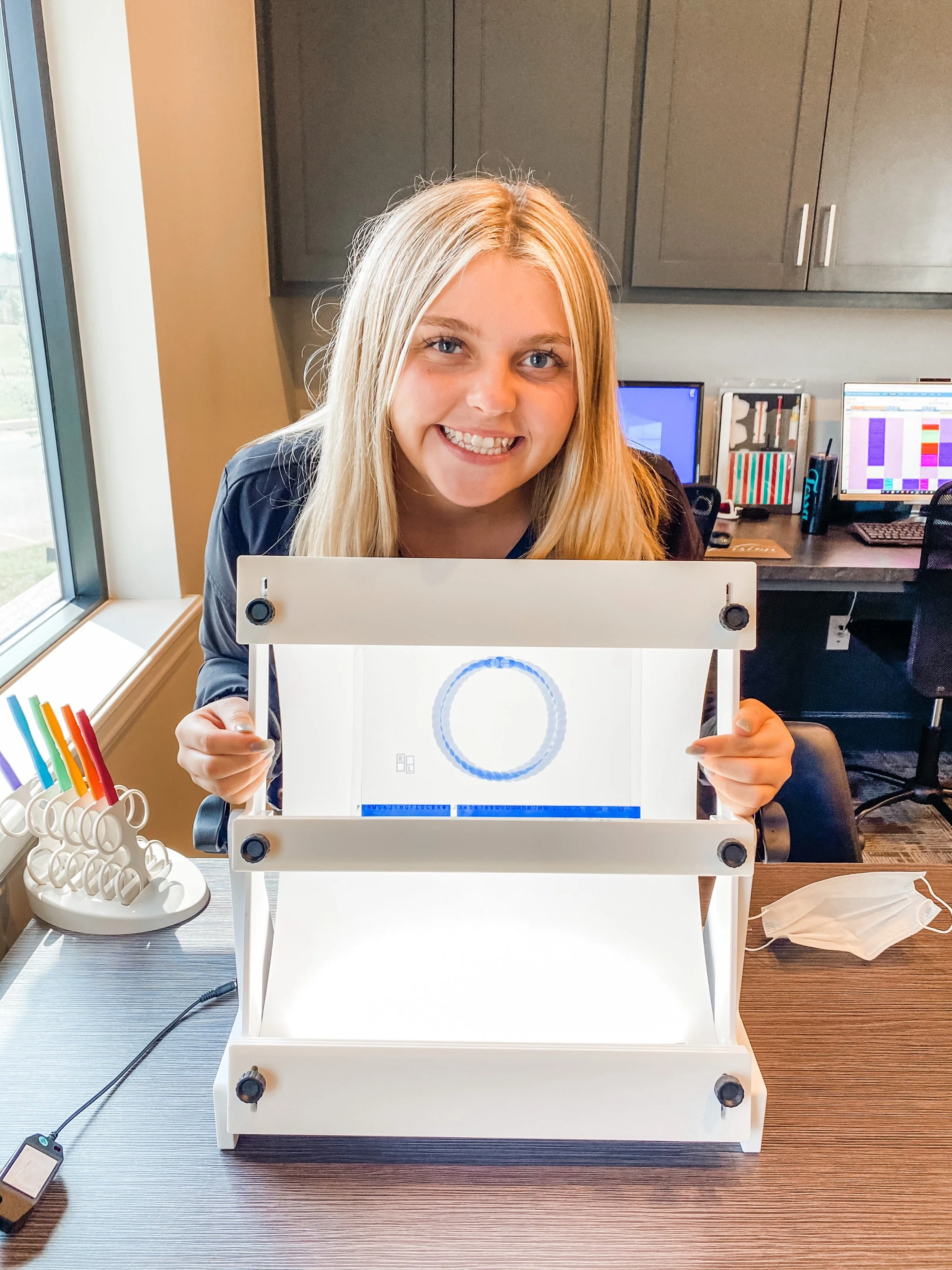Strabismus Treatment
The Treatments for strabismus and amblyopia are quite similar. It was previously believed that treatment of amblyopia was ineffective after age seven, but new research and clinical testing has proven that strabismus and amblyopia can be successfully treated at any age.
Traditional treatment for these conditions consisted of surgery and full-time patching of the “good eye”. Surgery creates nerve damage and scar tissue, and constant patching of the eye has been found to damage cells of the eye. The above-mentioned research has found therapeutic intervention to be a much less invasive and more complete treatment.
Facts About Vision Surgery vs. Vision Therapy
Surgery for strabismus deals with only the physical realignment of muscles of the eyes. It does not address the visual system and its proper functioning in the brain. While the eyes appear straight after surgery, actual visual capabilities are often not affected. Over 80% of patients with strabismus still live with functional use of only one eye even after surgery, meaning their struggles with depth perception and judgment of distance persist. Because of surgery’s inability to address the underlying cause of strabismus the results of the procedure are often temporary and may require future realignment procedures.
Vision therapy is a progressive, non-surgical method of training the eyes and brain to work together. Therapy consists of exercises and treatment procedures done with special instruments, lenses, filters, and prisms. When these techniques are employed, the visual system learns to better coordinate the eyes. This is crucial as it does treat the root cause of these conditions so that both eyes not only align cosmetically but also function normally without the need for invasive surgery.
Therapy trains the brain and eyes to work together to achieve normal binocular (two-eyed) vision, and once the brain learns to use the eyes together, the eyes remain straight.
It is never too late to improve the visual system through vision therapy. Although surgery can leave scar tissue that can make therapy more challenging for some patients, it does not inhibit the patient’s ability to achieve long-lasting positive results. These improvements are achievable for both adults and children, and help to improve self-esteem, academics, and athletic performance.
If your doctor is recommending that you set up an appointment at South Tulsa Vision Development Center in order to discuss treatment options to correct turned or lazy eyes, you can call with confidence knowing that we are a specialized optometric clinic dedicated to this type of treatment. The next step is to schedule an evaluation at our office. Please call 918-949-4002 to set up an appointment. We’ll be happy to further discuss your condition and answer any questions you have. Or, if you prefer, you can ask your doctor’s office to fax us a referral form with your information, and we will be happy to call you directly to set up the evaluation.
We look forward to meeting you!

